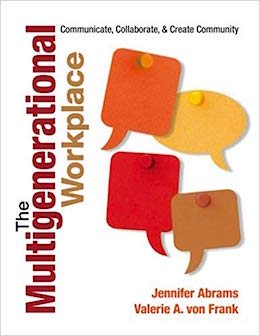 New York Times columnist David Brooks believes that, in the internet age, “power structures are in serious flux.”
New York Times columnist David Brooks believes that, in the internet age, “power structures are in serious flux.”
Brooks wrote recently that “The best window I’ve seen into this new world is a book called New Power: How Power Works in Our Hyperconnected World—and How to Make it Work for You.”
New Power is written by Jeremy Heimans and Henry Timms, two individuals with impressive histories as “change agents for good.” Heimans is the co-founder and CEO of Purpose, an organization that builds and supports social movements around the world. And Timms is president and CEO of the 92nd Street Y (an NYC cultural and community center) and co-founder of the hashmark movement #GivingTuesday, often called the “international day of philanthropy.”
In New Power, they describe specific strategies that organizations and movements can tap into as they take advantage of key aspects of hyperconnectivity – including crowd-sourcing and our enhanced ability to achieve active participation around important goals using the power of the internet and social media.
You can read my recent review of New Power at the Best Practices Center blog. When we shared the review in our own social media, Heimans responded from his personal twitter account, agreeing that the insights shared in New Power have clear, important implications for schools and learning.
Of course I immediately invited Jeremy to share something with us. He agreed and we plan to hear more from him in future months. But my first impulse after reading New Power was to query the wonderful author and consultant Jennifer Abrams, whose own work in education has centered around effective communication, asking the hard questions, and considering the impact of a connected world on teaching, learning, and leading.
 Specifically, Jennifer’s 2014 book The Multigenerational Workplace: Communicate, Collaborate, and Create Community (here I’m quoting from her website)… “demonstrates how educators can look past their own generational filters to reap the benefits of seeing through a new lens.” Her focus is on “the major contexts in which generational differences play out—including recruitment, coaching, professional learning, and succession planning.”
Specifically, Jennifer’s 2014 book The Multigenerational Workplace: Communicate, Collaborate, and Create Community (here I’m quoting from her website)… “demonstrates how educators can look past their own generational filters to reap the benefits of seeing through a new lens.” Her focus is on “the major contexts in which generational differences play out—including recruitment, coaching, professional learning, and succession planning.”
I think you can see why, after finishing New Power, I immediately wondered “What does Jennifer Abrams think about these ideas?” I got in touch, she quickly obtained and read the book, and then agreed to become the first ever video interview here at the ABPC Blog.
As you’ll see in the Vimeo below, I’m still sharpening my video interview skills, but I think you’ll find Jennifer’s ideas and insights fascinating. We definitely plan to do more video features here at the blog, and I’m so grateful to her for being our first experimental subject!
Jennifer Abrams Interview from AplusalaTV on Vimeo.
Jennifer Abrams is a consultant, speaker, workshop leader and the author of Having Hard Conversations, Hard Conversations Unpacked, and other books. Her chapter, “Habits of Mind for the School Savvy Leader,” appears in ASCD’s Learning and Leading with Habits of Mind: 16 Essential Characteristics for Success by Art Costa and Bena Kallick. Learn more about Jennifer’s work at her website and follow her on Twitter @JenniferAbrams

0 Comments on "Video Interview: Jennifer Abrams Talks about Hyperconnectivity and the New Power"